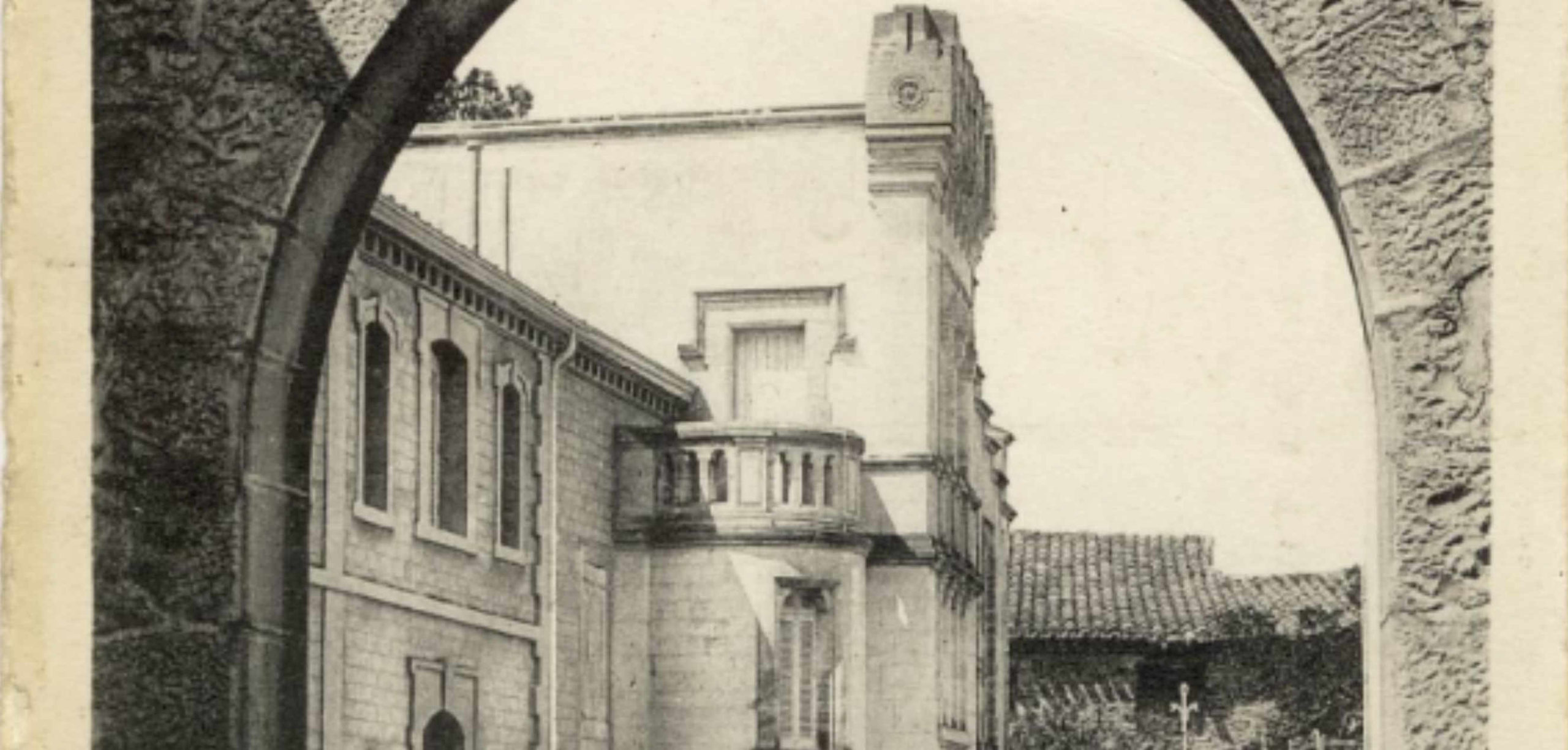A rich heritage in the heart of the French Minervois
The history of Chateau Marcel
Château Marcel began its life modestly as a conglomeration of small dwellings built some time in the 9th century in the middle of the ancient hillside village of Cesseras (which takes its name from the Cesse River which formed the stunning gorges directly behind the village).
The first written mention of Cesseras itself was in 844 AD when Charles the Bald, grandson of Charlamagne, gifted the village to a faithful follower named Hilderic making him the first Lord of Cesseras. Centuries later, this small lordship was absorbed into the reign of the powerful and noble Trencavel family, Lords of Carcassone.

Meanwhile through generation upon generation of various owners, the humble group of small houses mentioned earlier slowly consolidated into a single – but still relatively modest – house near the foot of the ramparts of the Trencavels’ medieval Château Cesseras and near the village’s Gothic Church of St. Germaine (still sanctified and wonderfully maintained).
During the Crusades against the Cathars, the Trencavels were stripped of their lordship, imprisoned as heretics and had all their lands confiscated. In 1255, however, Saint Louis (King Louis IX) partially reinstated Raymond Trencavel by giving him the lordship of Cesseras in recognition of his brave service in the Seventh Crusade to the Holy Land. Thus, this small village became the last refuge of the family’s Occitan reign which had previously encompassed the entire Lower Languedoc.
In the middle of the 15th century the Lordship of Cesseras was purchased by Noble Bertrand de Corsier for 1,400 pounds of gold.

Several generations later it was passed yet again to the Baron of Fabrezan, Charles Seigneuret, upon his marriage in 1657 to the last surviving member of the Corsier clan. The title of Baron of Cesseras was carried by male descendants of the Seigneuret family until 1792 when the French Revolution resulted in all the family’s possessions being confiscated and sold at auction.
If we fast-forward to the mid-1800s, the house near the base of Château Cesseras’ walls was acquired by the prosperous landowner and wine producer Marcel Malafosse who decided to make it his family home and centre of operations for his wine business.
Marcel began a massive rebuilding project adding another two levels and a multitude of rooms. This extensive upgrade not only created a veritable mansion including the castle-like façade on the main house and back wall – fashionable architectural features for the wealthy during the mid-to-late 19th century – but also horse stables, servants’ quarters, hayloft, large winery & cellars next door and even an expansive private park with a faux grotto entrance on the far side of the cellars.
Although the winery was parcelled off and sold separately some years ago, it is still operative and every year at harvest time, tractors busily haul trailer after trailer heaped with grapes into its portal and the old basket presses are started up to squeeze out the precious must (juice) to fill the dozen or so huge vats along one wall.
The main house, attached outbuildings, gated courtyard and back terrace have fortunately remained intact as a single property and constitute what Château Marcel is today. The street upon which it stands is now named Rue Marcel Malafosse in honour of the man who once served as the community’s mayor and was one of its most beloved and respected citizens of the period.
A rich heritage in the heart of the French Minervois
Discover the rich history of the wine production in the Minervois
The human traces of the Minervois wines go very far back. Long before our reckoning, the cave man lived here. With the arrival of the Romans, the entire region is becoming interested in viticulture.
The Cathars (also known as Cathari from the Greek Katharoi for “pure ones”) were a dualist medieval religious sect of Southern France which flourished in the 12th century CE and challenged the authority of the Catholic Church.
A rich heritage in the heart of the French Minervois…



